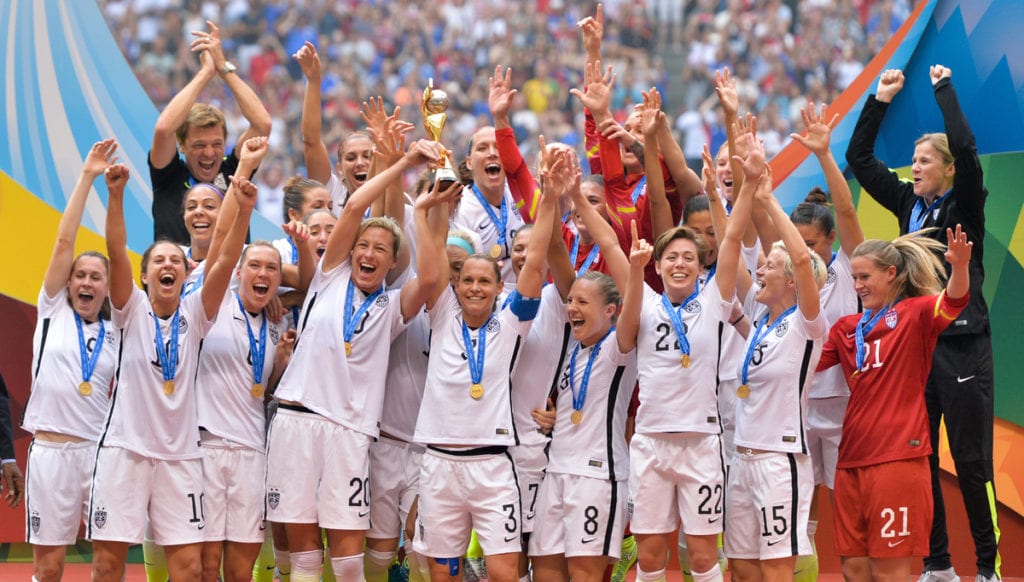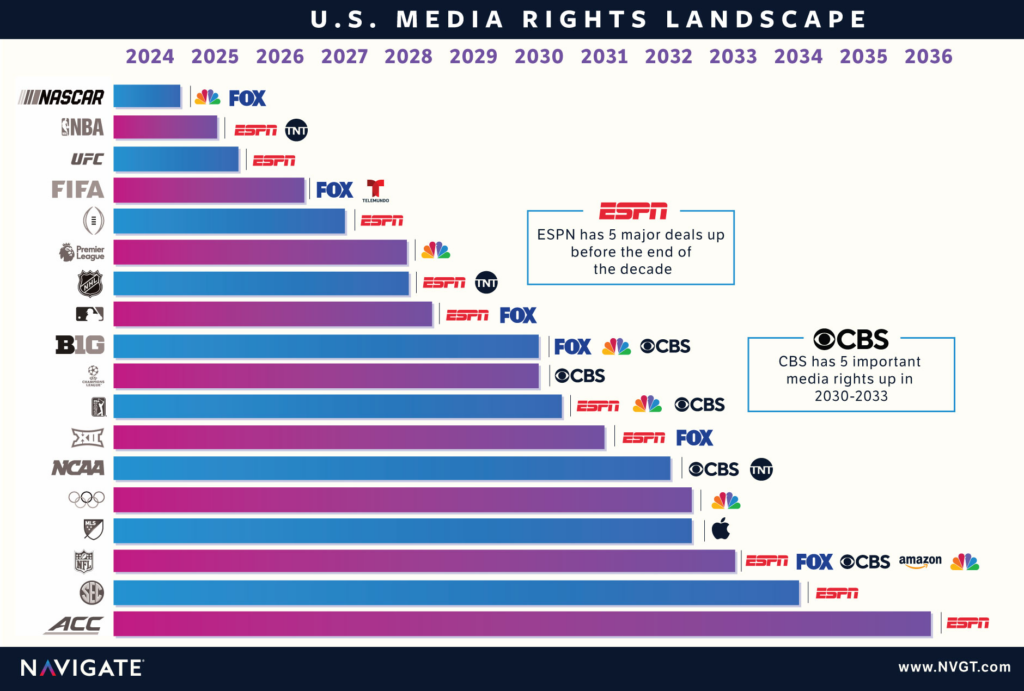
Is Soccer Boring?
After 16 long years, the US women’s national team has finally reached the pinnacle of women’s soccer for the third time. The 5:2 triumph over Japan in the Finals at BC Place in Vancouver, Canada was truly a magnificent sports spectacle on several levels.
Just a few quick facts:
- Total attendance over the four-weeks was nearly 1.4 M
- 7 matches had over 50,000 fans in attendance
- Canada 2015 set a new total attendance record for a FIFA competition other than the FIFA (Men’s) World Cup
Records were also broken for TV broadcast audiences, such as:
- The Canadian viewing record for any FIFA Women’s World Cup match (quarter-final: average audience was 3.2 million)
- Fox Sports in the USA had its biggest ever audience for a soccer match (semi-final: average audience was 8.4 million)
- Fuji TV in Japan attracted more than twice the number of viewers for the semi-final than in 2011 (semi-final average audience was 9.3 million)
- Broadcasters in Australia, Brazil, China, Korea Republic and Norway all beat the highest TV audience for any match in the 2011 FIFA Women’s World Cup
Waiting 16 years for a soccer World Cup trophy is actually not a long time. (Consider that the reigning men’s world cup champion Germany had to wait 24 years.) In those 16 years, the USA failed to secure the top spot only three times (2003: 3rd, 2007: 3rd, 2011: 2nd). Not shabby at all. Holding the tournament only every four years creates long time-spans during which very strong soccer nations fail to win the top prize. This rarity creates a level of tension that elevates the importance and joyfulness of the event that I believe cannot be matched by annual competitions.
The scarcity of soccer world cup championships mirrors the lack of scoring in soccer. Only about 3 goals are scored in an average professional soccer match. Most point to the lack of scoring as the main reason why soccer has not gained a greater audience in the United States. While common sense would lead most to agree that fewer goals results in less interesting matches. The opposite is actually true in the world of global soccer! This is quite different from sports that are dominated by and/or largely only played in a single country, think NFL, MLB, NBA – at least at the very top level. Let me try to explain. American major leagues have done an outstanding job of creating parity within each league. The NFL, for example, has a strict salary cap, a revenue-sharing plan to allow less affluent owners and smaller markets to compete, plus weaker teams receive higher draft picks and enjoy softer schedules. None of this exists in sports that would need to be regulated on a world-wide basis. How does one create financial parity across all countries? Broadcast revenue can’t possibly be shared by English Premier League teams with teams in the Spanish La Liga. And since international club competitions are extremely important in soccer, no single country would introduce a salary cap and thereby disadvantage itself in global competitions.
In a sport such as soccer, where disparity is common, parity is created by the fact that soccer matches result in so few goals. This may sound counter-intuitive. But, fewer goals increases the “luck” factor. A few lucky events can change the outcome of any game. Thus, the outcome of soccer matches are less predictable than in other sports with high disparity. Due to the luck factor, soccer is often described as a cruel game since the better team is far from guaranteed to win. In fact, an underdog facing a team that is twice as good has a 26% chance of winning. In high-scoring sports, the chance of beating a team that is twice as good is often less than 1%.* The importance to establish parity in high-scoring sports is thus clear. Better teams win too easily. Solution: Make sure teams do not continue to be better over long time spans.
An added benefit in soccer is that because so few goals are scored, each goal results in a giant release of tension and creates a joy that cannot be matched by sports with an abundance of scoring. Having just said that, the 7-goal bonanza put on by the USA and Japan was a TON of fun! And, luck had little to do with our dramatic win.
*Theory and statistics by Metin Tolan “Manchmal gewinnt der Bessere: Die Physik des Fussballspiels”. Loosely translated: “Sometimes the better team wins: The physics of soccer.”






